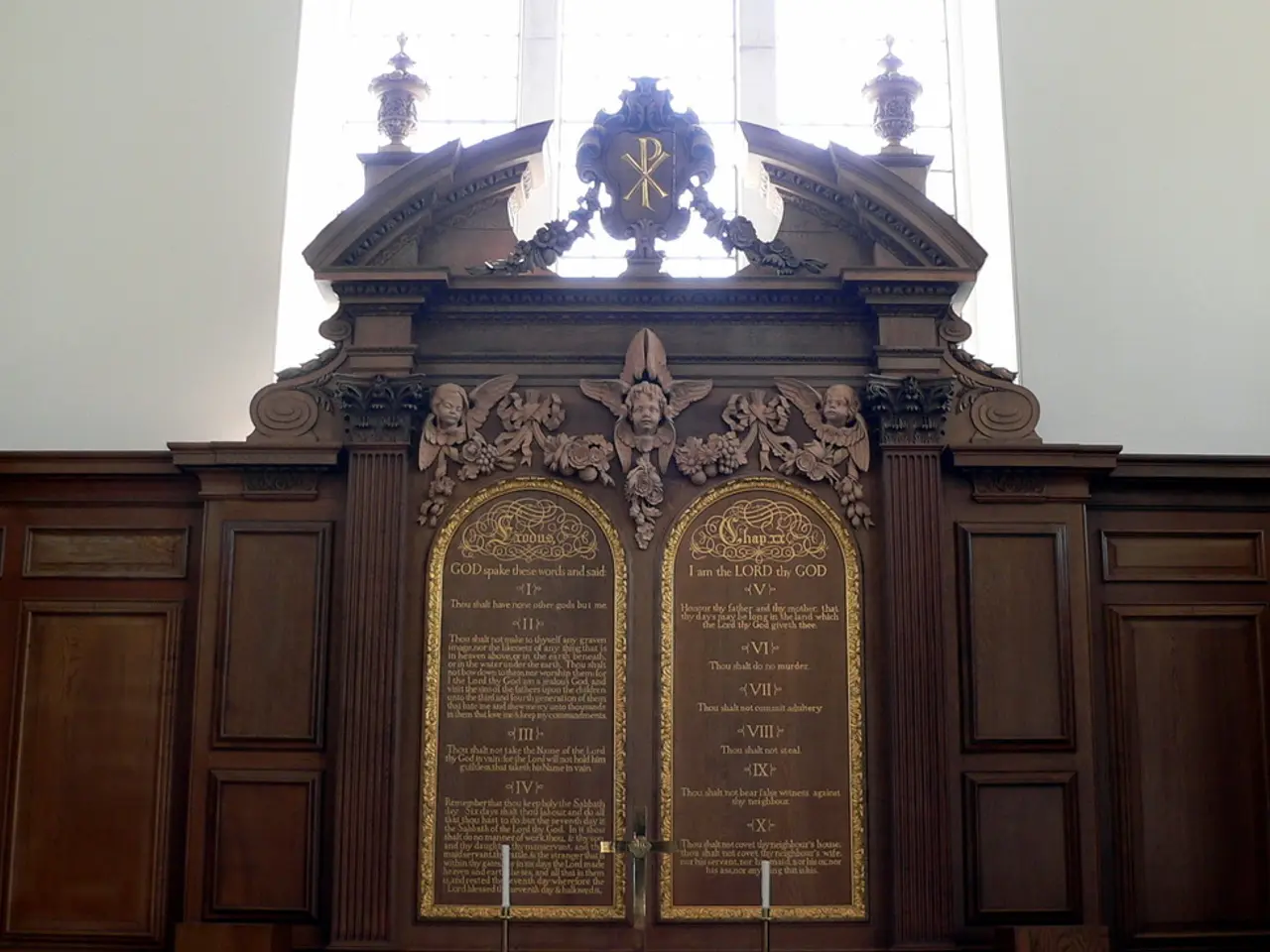Illuminate opulence: The advent of widespread electricity in the 20th century
======================================================================================================
In the late 19th and early 20th centuries, electric illumination brought about a significant cultural and technological revolution, marking a pivotal moment in popular culture and public perception. This transformation was marked by the radical change in urban life, work patterns, and public safety, as well as the symbolisation of modernity and progress.
The journey of electric illumination began with inventions such as Humphry Davy's early arc lamp around 1805. However, it was Thomas Edison and Joseph Swan's development of the incandescent light bulb in the late 1870s that made electric illumination practical and commercially viable for homes and businesses. Edison's invention in 1879, using a carbon filament and vacuum to prolong life, enabled clean, reliable, and controllable indoor lighting, a stark improvement over gas and arc lighting systems that were either dangerous, hot, or unsuitable for private spaces.
This development was accompanied by the creation of central power stations and electrical grids, enabling widespread adoption of electric lighting and shifting electricity from elite laboratories into everyday life. The "War of Currents" between Edison’s direct current (DC) and Tesla’s alternating current (AC) systems ended with AC becoming standard, which allowed electricity to be transmitted over longer distances, fueling urban expansion and further electrification.
The cultural impact was extensive: electric lighting extended productive hours beyond sunset, changed nightlife by illuminating streets safely, influenced the design and functioning of public spaces and homes, and became a potent symbol of technological progress and modernity. Neon lighting, introduced in 1910, added a new dimension to advertising and visual culture, transforming cityscapes with glowing signs that shaped popular aesthetic sensibilities.
Initially, there was some skepticism and fear about electricity invading private life. However, these concerns diminished as lighting improved health and safety (reducing fires and pollution associated with gas lamps), increased productivity in workplaces, and made social life more vibrant after dark. Electric illumination thus became integral to the cultural fabric of modern society during this period, reflecting the broader embrace of technology shaping everyday experience at the turn of the century.
Early sites lit by electricity included the House of Commons dining room, La Scala in Milan, and Rome's École des Beaux Arts. Incandescent lamps were preferred in galleries for their cleaner and safer sources of illumination compared to gas lamps. Corporate and civic organisations used lighting effects as a form of publicity to highlight awe-inspiring architectural features and symbolise progress, evolution, modernity, and technological advancement. Electric light was associated with luxury, sophistication, and prestige.
Electricity-related industrial manifestations, such as power stations, generators, and transmission towers, began to appear in the urban and rural landscape as the 20th century approached. One of the most striking displays was the 1915 Panama-Pacific Exposition, which set new standards of spectacular illumination, using a wide range of new technologies. At world fairs and expositions, electric light was used to create dramatic effects, lighting up buildings, gardens, and fountains.
In 1879, Niagara Falls was illuminated with electric light for the first time, drawing large crowds. The illumination of Niagara Falls by Walter D'Arcy Ryan in 1907 was met with extravagant enthusiasm and was described as a riot of glorious beauty. The dramatic effects of the multi-coloured lights were described as unexplainable magic that held the spectator startled, then spellbound, speechless, and delighted. By the 1920s, the Niagara illuminations had become a nightly exhibition and drew visitors from across the country.
In theatres, electrical lighting was used for special effects to draw in audiences and bring box-office success. The 1904 World's Fair in St. Louis, Missouri, featured picturesque illuminations. Electric illumination, initially too expensive for the general public, was initially confined to the wealthiest city districts and elite leisure activities.
In conclusion, the shift to electric illumination in the late 19th and early 20th centuries marked a critical juncture in popular culture and public perception by enabling safer, cleaner, and more versatile lighting, driving urban and industrial growth, and symbolising the dawn of the modern technological age. The article was originally published by Wellcome Library under the terms of Creative Commons Attribution 4.0 International license.
Technology played a significant role in shaping the cultural and urban landscape during the late 19th and early 20th centuries, as the widespread adoption of electric illumination brought about numerous innovative advancements. The development of incandescent light bulbs, central power stations, and electrical grids transformed everyday life, from improving health and safety to enabling longer productive hours and vibrant nightlife. Additionally, technologies such as neon lighting and electrical lighting at expositions created new dimensions in advertising and visual culture, symbolizing modernity, progress, and technological advancement.




